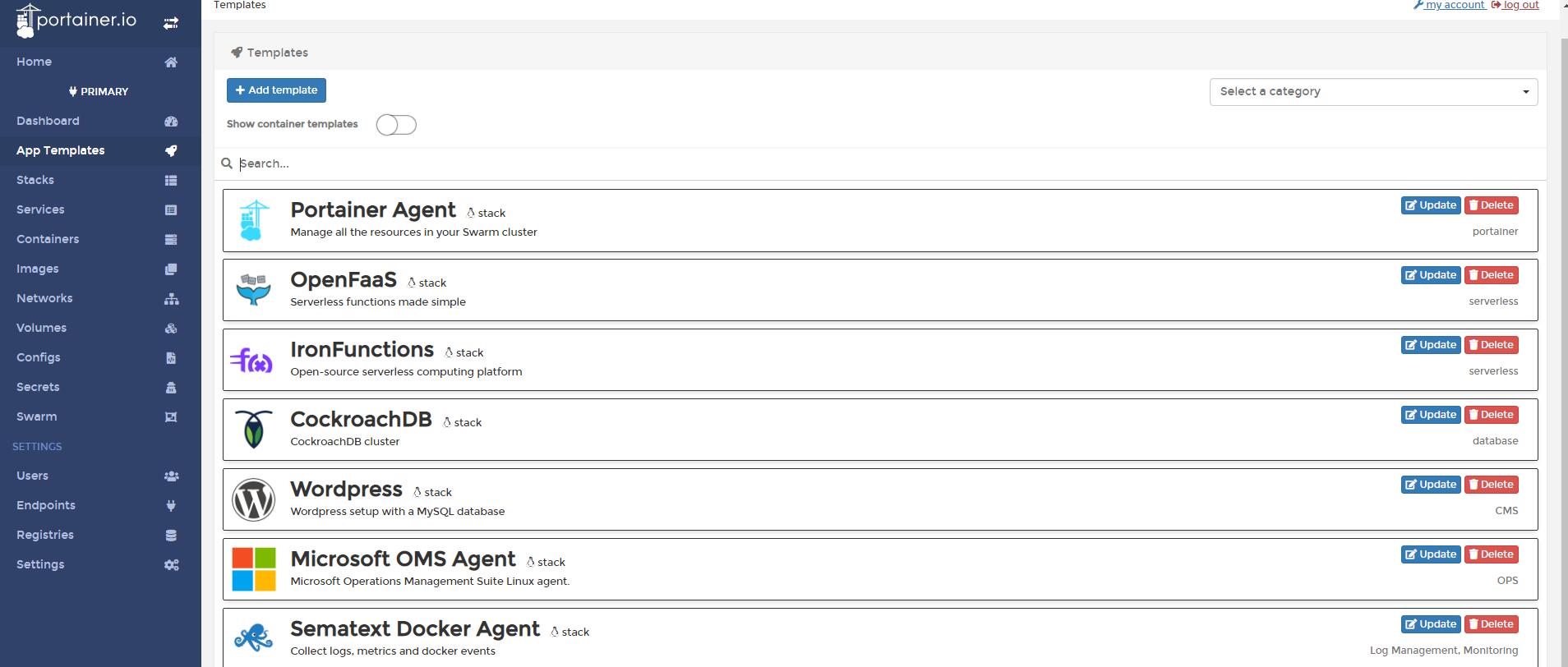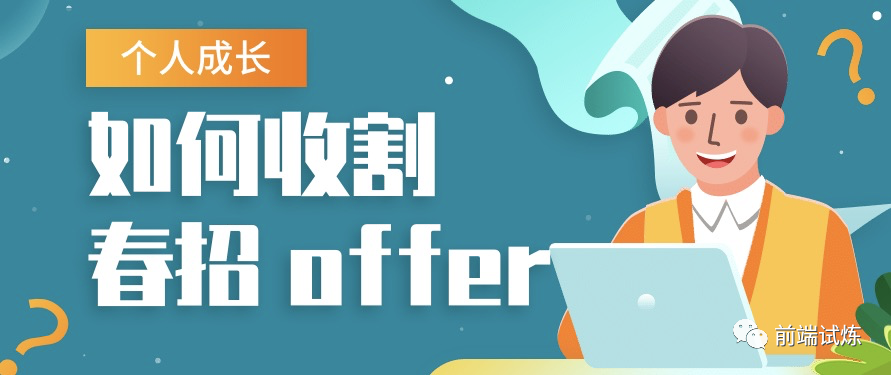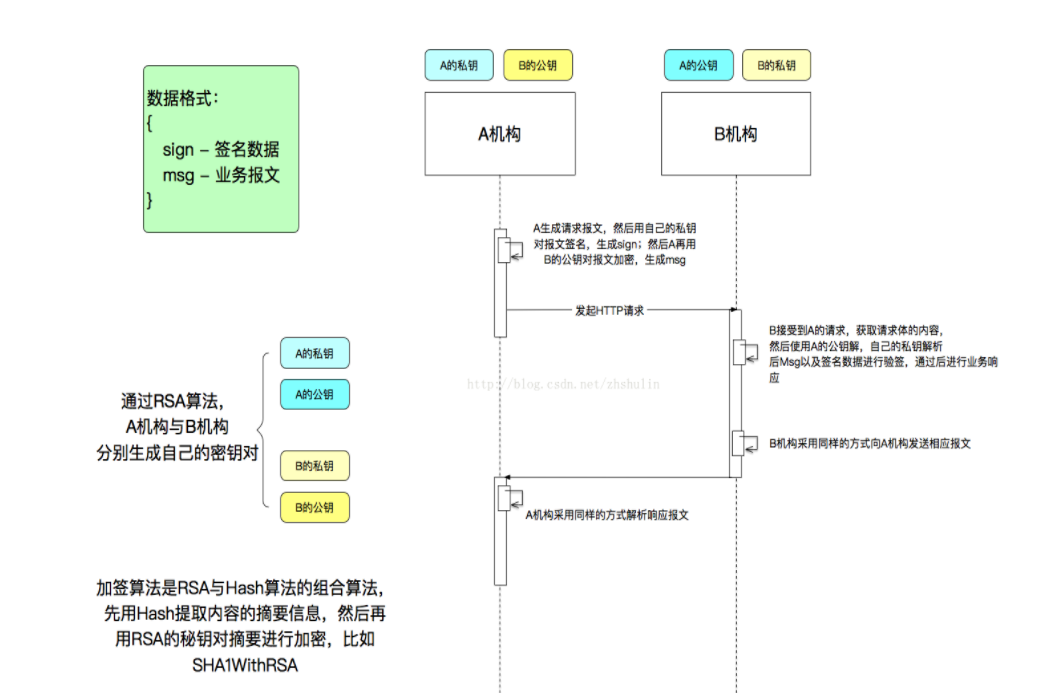In a CMT J2EE environement (Container Managed Transaction) what transaction / connection is used when I JDNI-lookup for a DataSource object and invoke DataSource.getConnection?
Is this connection part of the (potentially distributed) transaction? Does getConnection() return the same Connection every time I call it for the same DataSource object? I only know using Connections by the same EntityManager using native SQL statements.
It is something that keeps me puzzling. As I understood the SessionContext defines a transactional system that is used throught every time I use a datasource. I have the problem that inside a session bean a DataSource.getConnection() is used and this connection is then closed. If a problem is encountered SessionContext.setForRollBack(true) is issued.
Therefore how does the transactional context of a service relate to a DataSource?
If we spawn a new Connection each time a datasource is used or at least looked up, I have problems to understand things I already know. Any clarification would be wonderful. I know container managed transaction and other systems, but the actual behavior of DataSource is totally beyond me.
In Java EE a transaction is a concept that is not exclusive to databases, for example JMS connection sessions can also be part of container managed transaction. The idea is if one or more than one method is running under container managed transaction boundary, the container will commit or rollback the transaction as needed.
In data base related data source, there are multiple layers, fist is the managed pool of connection which is maintained by the container, second is the actual connection management of the database driver with the database, in Java a Connection is an abstraction for a session with a database and not a physical connection, that is managed by the driver.
With the above context, your questions could be addressed viz.:
what transaction / connection is used when I JDNI-lookup for a DataSource object and invoke DataSource.getConnection.
Under container managed transaction, though it is implementation dependent, a connection/session with the database is associated that is marked with the transaction boundary. The actual physical connection could be shared with the database by the driver but that is transparent to application as well as the container.
Is this connection part of the (potentially distributed) transaction? Does getConnection return the same Connection every time I call it for the same DataSource object?
Refer above, a Connection has no relation with the underlying socket to the database as opened by the driver. It is logically a separate session and if within transaction boundary, the same session is associated with the connection retrieved from the data source, how this is implemented is part of the container design
I have the problem that inside a session bean a DataSource.getConnection is used and this connection is then closed
In a pooled implementation for connection a Connection.close() has no impact, the connection is returned to the pool(http://commons.apache.org/proper/commons-dbcp/api-1.3/org/apache/commons/dbcp/PoolableConnection.html), this behaviour is similar for all pools. So clsing a connection does not necessarily disassociate it from container transaction boundary, though a connection should not be closed within container managed transaction. Similarly, commit, setAutoCommit, rollback must not be called from within CMT as this will issue the following command equivalent to the actual database and the behaviour of the transaction after that will undefined.
Have a look at the declaration of the @Resource annotation.
It includes a shareable attribute that allows you to specify connection sharing behaviour. It defaults to true, which means that you will get connection sharing automatically if you do nothing.
This attribute is also included in the XML schema for any resource-ref defined datasources that you may lookup using JNDI.
All resources (JDBC, JMS, ResourceManager) that are included during an invocation are enrolled in the current transaction. You may sometimes need to specify the use of XA for this to work correctly.




